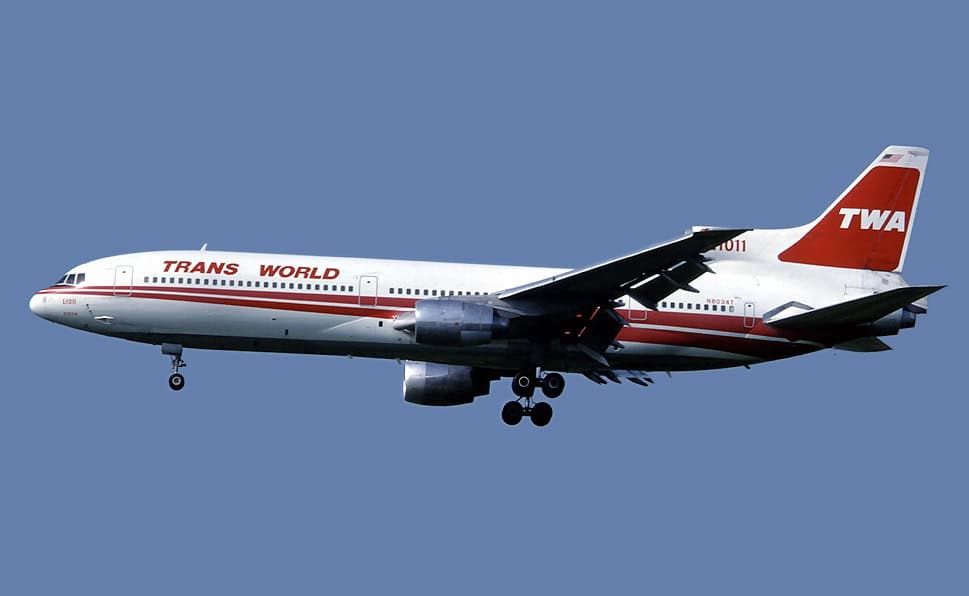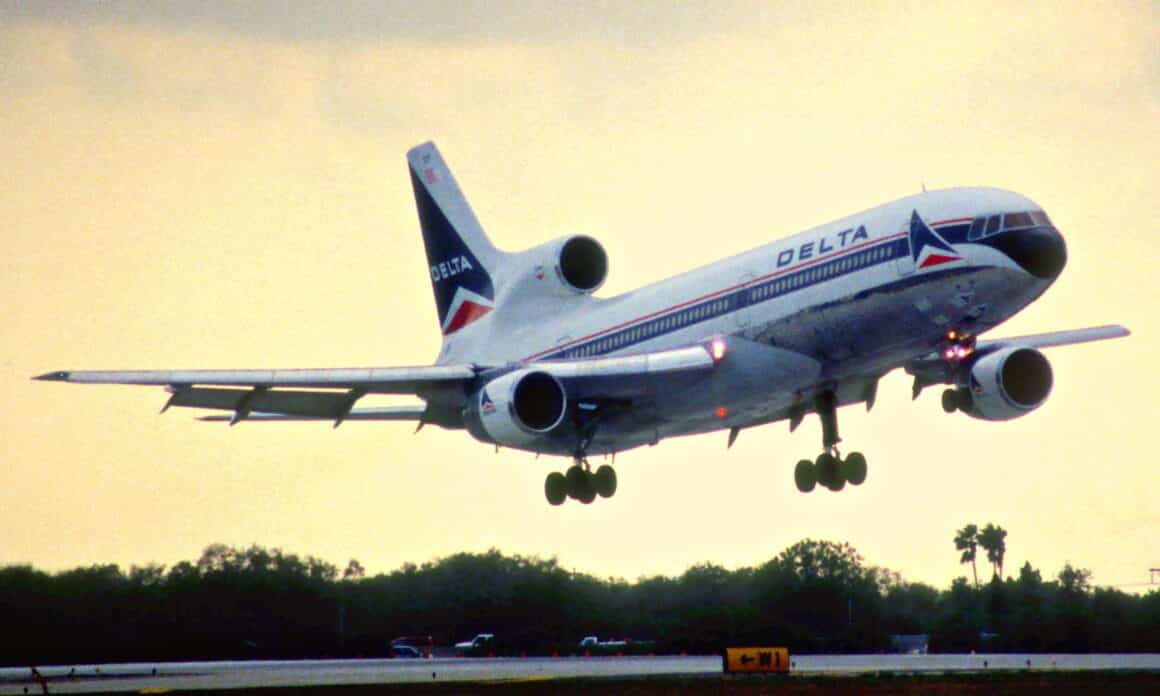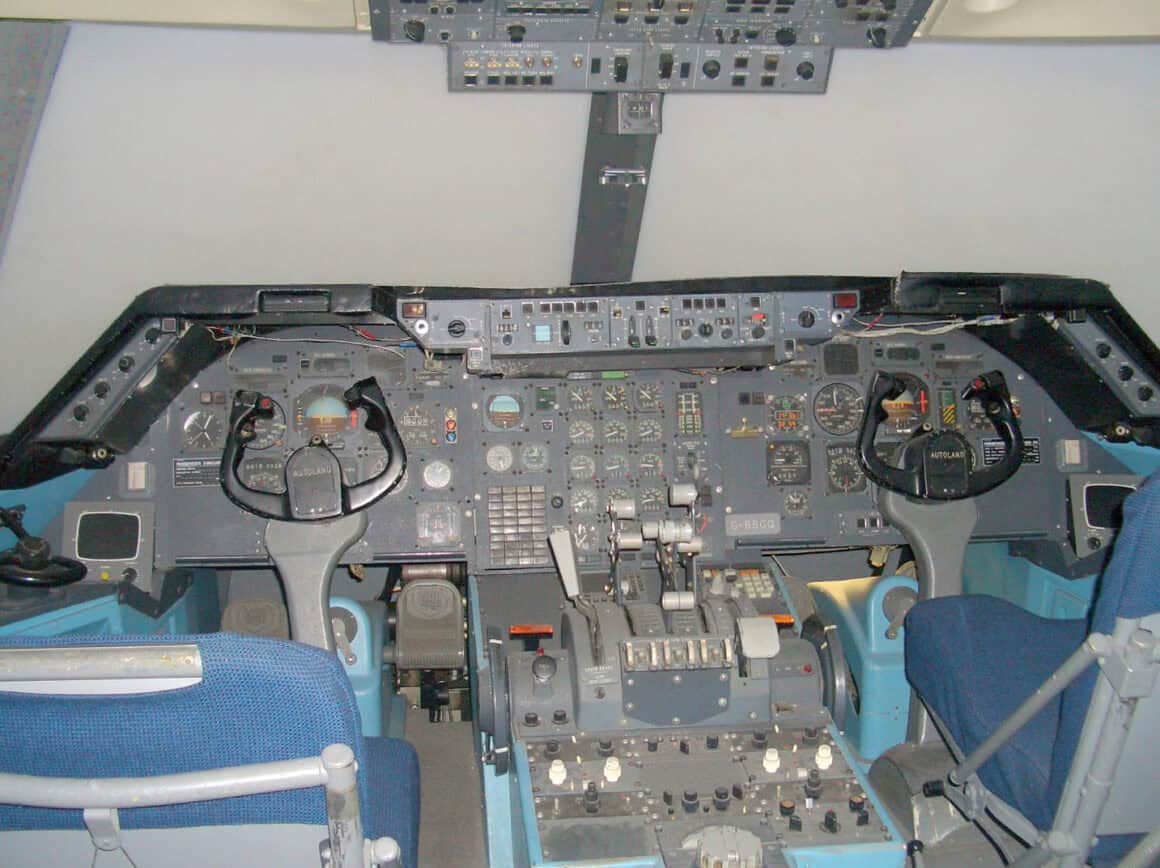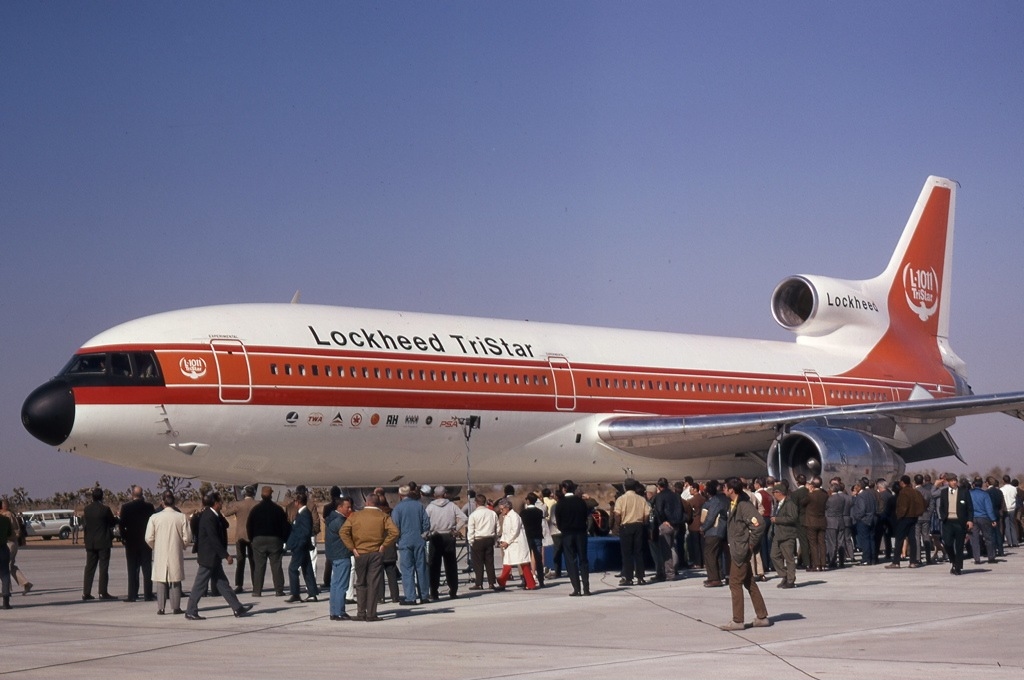Engine Issues and Late Market Entry Kept the Tristar From Reaching Its Full Commercial Potential
The early 1970s were a magnificent era in aviation. Big was ‘in’ as airplane manufacturers explored a host of new technologies to deliver jet-flight comfort to the masses.
The theory was that a large aircraft could accommodate the expected growth of the industry while providing better comfort and enough range to connect the world. From this era came the mighty Boeing 747, the Douglas DC-10 and the Lockheed L-1011 Tristar.
Lockheed is Enticed by a Growing Commercial Market

Back in the late 1960s, American Airlines went to Lockheed and Douglas looking for a widebody airliner smaller than the 747 but larger than the then-common Boeing 707 and Douglas DC-8. Douglas offered the DC-10. Seeing the large market potential, Lockheed offered the L-1011.
Lockheed was no stranger to the commercial market. Up until the early 1960s, Lockheed regularly offered commercial aircraft. The Constellation and later the L-188 Electra represented top-tier designs for the era. Lockheed had become more focused on the steady stream of military projects over time. Their C-130, C-141, and C-5 Galaxy offerings provided a seemingly solid source of income. While the C-5 provided a great platform to explore new technologies (like high-bypass engines, kneeling gear, and advanced cockpit design), it was fraught with issues and cost overruns. Lockheed returned to the commercial market with a goal to build the best medium sized-wide body on the market.
The Eastern Airlines promotional film from the early 1970s shows the enthusiasm behind Lockheed’s entrant into the widebody market (posted on YouTube by Periscope Films).
Advanced Features at Every Turn

Lockheed’s entrant into the wide-body market was meant to make a splash. The jet included three engines, meant to provide better economics than the more common four-engined aircraft of the day. The L-1011 offered cabin comforts of the larger 747 (wide seats, large open cabin) along with new amenities like a potable water system, an optional downstairs lounge, an entertainment system, and a crew elevator to keep most of the galleys out of sight of the passengers.
The aircraft itself offered advanced technology, such as Cat IIIc autoland, which enabled the jet to land at approved fields in zero visibility conditions on autopilot. The jet also featured DLC (a more advanced version was also featured on the C-17), enabling more stable approaches using variable spoilers to dissipate lift in approach conditions.

Successful First Flight, then Engine Manufacturer Challenges Emerge

Lockheed chose the Rolls-Royce RB-211 to power its new jet. The engine featured a seemingly more advanced design with higher thrust than the more conventional two-spool configuration of the day. It was seen as a differential from the Douglas design, which was to feature the General Electric CF-6. The L-1011 Tristar first flew on 16 November 1970.
Shortly after, Rolls-Royce encountered financial difficulties. The cost of the new engine bankrupted the famed engine manufacturer. It was only through US government guarantees secured by Lockheed that production would resume. Due to this delay, Lockheed’s new widebody wasn’t certified until almost 18 months later. By this time, Douglas’ DC-10 had already commenced service.
The L-1011 Tristar finally entered commercial service in 1972 with Eastern Airlines. TWA, Delta, British Airways (originally Court), Cathay Pacific, and Pacific Southwest Airlines all placed early orders for the jet. Airlines like TWA even produced ad campaigns around the jet, as seen in this commercial posted on YouTube by 4engines4fun.
Lockheed later offered optimized versions of the jet, providing improvements in range and performance. They also offered a shortened L-1011-500 version that gave the jet sufficient range to comfortably offer transatlantic service from any East Coast airport to locations deep within the heart of Europe.
Later operators included American Trans Air (ATA), Air Canada, Pan Am, United, and Saudia.
The L-1011 Ended Lockheed’s Love Affair with Commercial Offerings
The L-1011 was a mix of advanced design and disappointing initial performance. Lockheed couldn’t overcome its delayed entry to market, combined with weak performance from the initial versions of the aircraft. The jet sold a total of 249 aircraft to commercial and military customers. However, the relatively modest sales led Lockheed to conclude that focusing on military aircraft represented its best path forward as a company.

I’ve worked the L-1011-500 a little, and the DC-10 & 747 a lot (UAL). I was impressed with the way the systems were laid out on the few Tri Stars we had. Pretty good aircraft to maintain. It’s an advanced aircraft… and so was the Connie and Electra.
RB211 2 spool? Are you sure?
The RB-211 was a 3 spool design, not a 2 spool design.
Delta also flew them.
I logged many passenger hours on the L 1011 back in those days. It was by far my favorite aircraft type. The only negative memories involved landing gear indicator lights. Have been in orbiting plane a couple of times
while pilots tinkered. (fortunately not over the Everglades). I deliberately avoided the DC-10 and only made one flight in one. There was no option and somewhere over the Rockies we lost all cabin power for an extended time in turbulent conditions.
A wonderful pilot’s airplane. Long before any other airplanes were doing, it was flying low viz approaches. For a passenger, it was very comfortable, handling turbulence much better. The combination of the delay in certification, third crew members, labor intensive maintenance and fuel prices led to it be not economical enough for the times.
I refused to let our company travel agent book me on the DC-10, after one flight. I didn’t like the hydraulics in the rear.
Have 5000 hours on L1011 with EAL. Still the best and most comfortable passenger a/c ever. Once you got it off the gate. LOL
Court Line was never part of British Airways (BA), It was a charter Airline. BA was created out of BOAC and BEA.
L1011 was a joy to fly. It was so new to TWA that my flight instructor was a test pilot from Lockheed and he let us fly the plane with no micro management. On the line we were able to perform 6 cat lllB auto land approaches with Zero visibility and she performed like a Champ. The leading edge devices locked when in the down position eliminating the problem that the DC10 tragically had in Chicago. The four hydraulic systems were not routed together preventing the disaster of the Sioux City DC10 crash. And yet the military chose the DC10 for its tanker. Same government that hijacked the flying wing from Jack Northrop and apologized 50 years later.
Why didn’t retired L-1011s go on to be converted to cargo planes like the DC-10s and MD-11s? It’s been a long time since I’ve seen an L-1011 in the air.